


ORGANS OF PARIS © 2024 Vincent Hildebrandt HOME ALL ORGANS

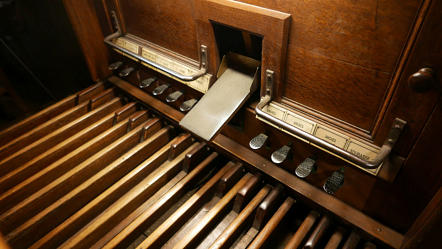
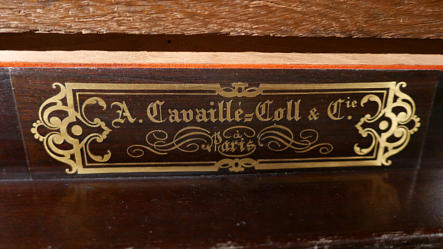

In the middle of the 19th century, following the sharp
increase in the population of this industrial district, an
additional place of worship was needed. Like many
churches in Paris, the Second Empire took care of it.
Notre-Dame-de-la-Gare was built between 1855 and
1864 by architect Claude Naissant (1801-1879). The
style chosen was roman of the late 12th century.
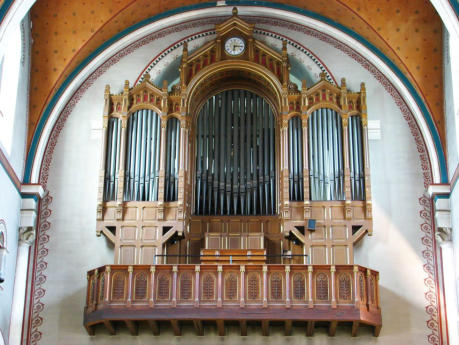
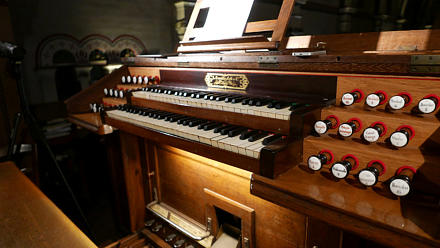

C1
Thanks to a donor, the parish received the current
Grand-Orgue built by Cavaillé-Coll in 1863 (opus 165).
The latter was not originally intended for this church, it
had probably been intended for a convent near Saint-
Omer, but the original composition, the case and the
ornate bench (with lyres on the sides) may be
reminiscent of a house organ. It had 22 stops on two 54-
note manuals and a 25-note pedalboard (only ‘en
tirasse’).
At the beginning of the 20th century, a restoration was
undertaken by Charles Mutin. He replaced the window
console with an independent one, installed a Barker
machine, increased the range of the pedalboard to 30
notes and added a 16' Soubasse as well as an 8' Flute
(using part of the pipes of the façade). In the Swell, the
Clairon was shifted to Trumpet and the Piccolo was
replaced by a Nazard (denoted Quinte on the console).
In 1928, restoration work was entrusted to Gaston
Gutschenritter. On this occasion, the range of the
keyboards was increased to 56 notes, a 4' pedal flute was
added, as well as a Barker machine of the Grand-Orgue.
In 1943, Gutschenritter added a 32' Soubasse to the
pedal, with a first octave borrowed from the 16'
Soubasse, supplemented by 12 10' 2/3 Fifth pipes. During
this intervention, the voicing was retouched, especially
for the Plein-Jeu and the Cornet. The original pitch of the
organ of 435 Hz was raised to 440 Hz, probably by
Gutschenritter or Haerpfer.
In 1982-1985 a restoration was undertaken by Haerpfer,
Gutschenritter-Masset. The pedal swas rebuilt with
mechanical traction.
A restoration was carried out in 1995-1997 by
organbuilder Daniel Kern. A new pedal was installed and
the voicing was partly reworked.
The maintenance of the organ was transferred from Kern
to Cicchero and is now entrusted to Yves Fossaert.

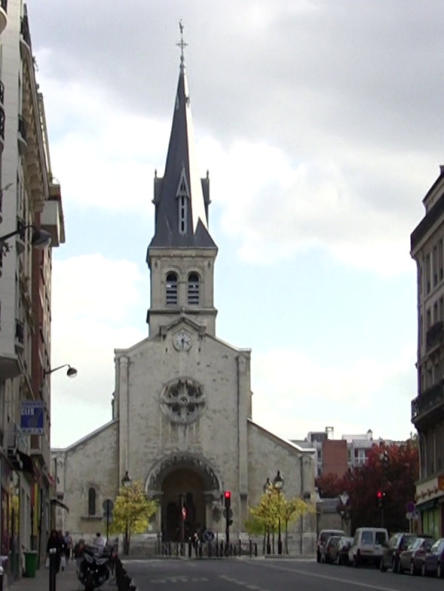
1863 - Cavaille-Coll (1)
1881 - Cavaille-Coll (6)
1904 - Mutin (5)
1928 - Gutschenritter (6)
1943 - Gutschenritter (3b)
1984 - Gutschenritter-Masset/Haerpfer (6)
1997 - Kern (5)
II/25 - traction mécanique
composition
Organistes titulaires
Lucile Dollat & Louis Jullien
Concerts
Seldom
Masses with organ
Saturday 6:30 PM,
Sunday 9:30 AM, 11:00 Am, 6:30 PM
Videos
-
Photo organ case: Pierre Marteau
Photos console: Vincent Hildebrandt
Organs of Paris
ORGANS OF PARIS © 2024 Vincent Hildebrandt ALL ORGANS
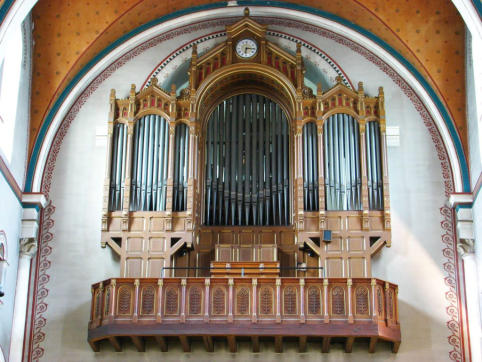
C1
Thanks to a donor, the parish received the current Grand-
Orgue built by Cavaillé-Coll in 1863 (opus 165). The latter
was not originally intended for this church, it had probably
been intended for a convent near Saint-Omer, but the
original composition, the case and the ornate bench (with
lyres on the sides) may be reminiscent of a house organ. It
had 22 stops on two 54-note manuals and a 25-note
pedalboard (only ‘en tirasse’).
At the beginning of the 20th century, a restoration was
undertaken by Charles Mutin. He replaced the window
console with an independent one, installed a Barker
machine, increased the range of the pedalboard to 30 notes
and added a 16' Soubasse as well as an 8' Flute (using part
of the pipes of the façade). In the Swell, the Clairon was
shifted to Trumpet and the Piccolo was replaced by a Nazard
(denoted Quinte on the console).
In 1928, restoration work was entrusted to Gaston
Gutschenritter. On this occasion, the range of the keyboards
was increased to 56 notes, a 4' pedal flute was added, as
well as a Barker machine of the Grand-Orgue.
In 1943, Gutschenritter added a 32' Soubasse to the pedal,
with a first octave borrowed from the 16' Soubasse,
supplemented by 12 10' 2/3 Fifth pipes. During this
intervention, the voicing was retouched, especially for the
Plein-Jeu and the Cornet. The original pitch of the organ of
435 Hz was raised to 440 Hz, probably by Gutschenritter or
Haerpfer.
In 1982-1985 a restoration was undertaken by Haerpfer,
Gutschenritter-Masset. The pedal swas rebuilt with
mechanical traction.
A restoration was carried out in 1995-1997 by organbuilder
Daniel Kern. A new pedal was installed and the voicing was
partly reworked.
The maintenance of the organ was transferred from Kern to
Cicchero and is now entrusted to Yves Fossaert.
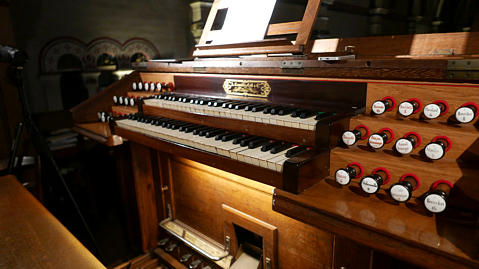
1863 - Cavaille-Coll (1)
1881 - Cavaille-Coll (6)
1904 - Mutin (5)
1928 - Gutschenritter (6)
1943 - Gutschenritter (3b)
1984 - Gutschenritter-Masset/Haerpfer (6)
1997 - Kern (5)
II/25 - traction mécanique
composition
Organistes titulaires
Lucile Dollat & Louis Jullien
Concerts
Seldom
Masses with organ
Saturday 6:30 PM,
Sunday 9:30 AM, 11:00 Am, 6:30 PM
Videos
-
Photo organ case: Pierre Marteau
Photos console: Vincent Hildebrandt





















